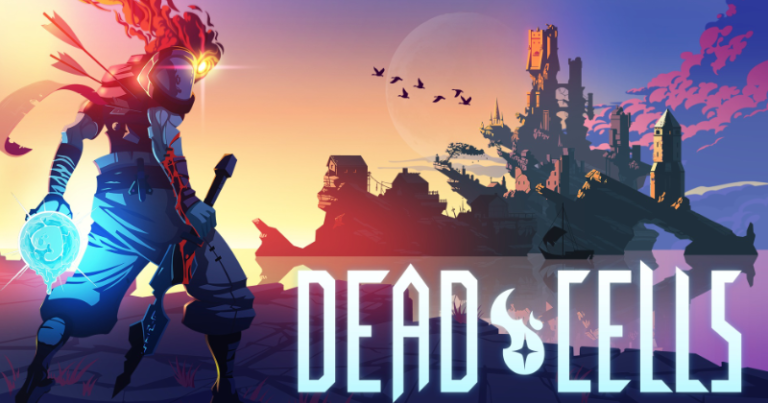Posted inPC
Review – Dead Cells (PC)
I have to full be upfront here. When I first started playing Dead Cells, I hated it. Well, I liked it, but grew to hate it. I reminds me a lot of Rogue Legacy in it's presentation, but it's quite a bit faster and more difficult than Rogue Legacy is. I really really liked Rogue Legacy. Dead Cells also feels a lot like a Metroidvania title, though many will argue it's not really a Metroidvania game, it has a very similar gameplay feel, even if the actual loop is different. It's closer to being a Roguelike platform game than a…
